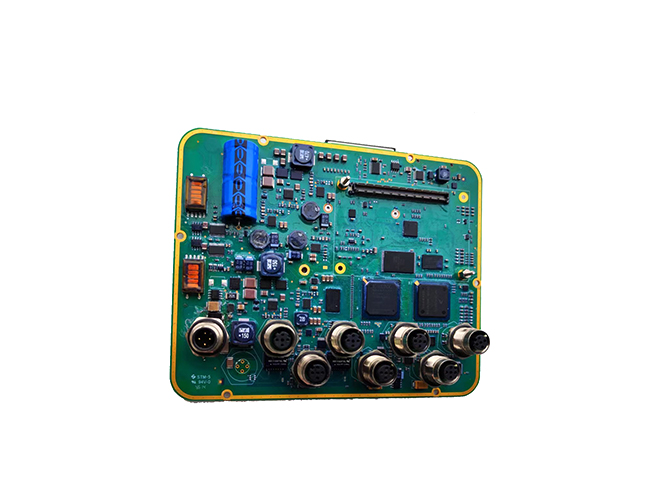-
CN
-
Service Hotline
+8618129931046 Mr. Liao


Time:2025-06-17 Views:1

Single - sided PCBs can be customized in size to meet the specific requirements of different applications. The determination of custom size specifications involves several considerations.
The first consideration is the physical space available for the PCB within the end - product. For example, in a small - sized electronic device like a portable sensor, the PCB needs to fit into a compact enclosure. Designers must measure the available space accurately and design the PCB dimensions accordingly. In addition to the length and width, the thickness of the PCB also needs to be considered. Thinner PCBs are often preferred for space - constrained applications, but they may have limitations in terms of mechanical strength and component - mounting capabilities.
Another factor is the number and size of components to be mounted on the PCB. If there are a large number of components or large - sized components, a larger PCB size may be required to ensure proper component placement and sufficient space for traces. Components such as transformers, large electrolytic capacitors, and connectors can take up significant space on the PCB. Moreover, the routing requirements of the circuit also influence the size of the PCB. Complex circuits with many interconnections may need more space for traces, especially if they require wide traces for high - current applications or multiple layers of traces for signal separation.
Cost is also an important consideration in custom - sizing single - sided PCBs. Larger PCBs generally cost more in terms of material and manufacturing expenses. Therefore, designers need to balance the requirements of the application with cost - effectiveness. In some cases, it may be possible to optimize the circuit design to reduce the size of the PCB without sacrificing functionality. For example, using smaller - sized components or more efficient circuit topologies can help achieve a more compact PCB design while maintaining performance. Additionally, standardizing the PCB size as much as possible can also reduce costs by taking advantage of economies of scale in manufacturing.